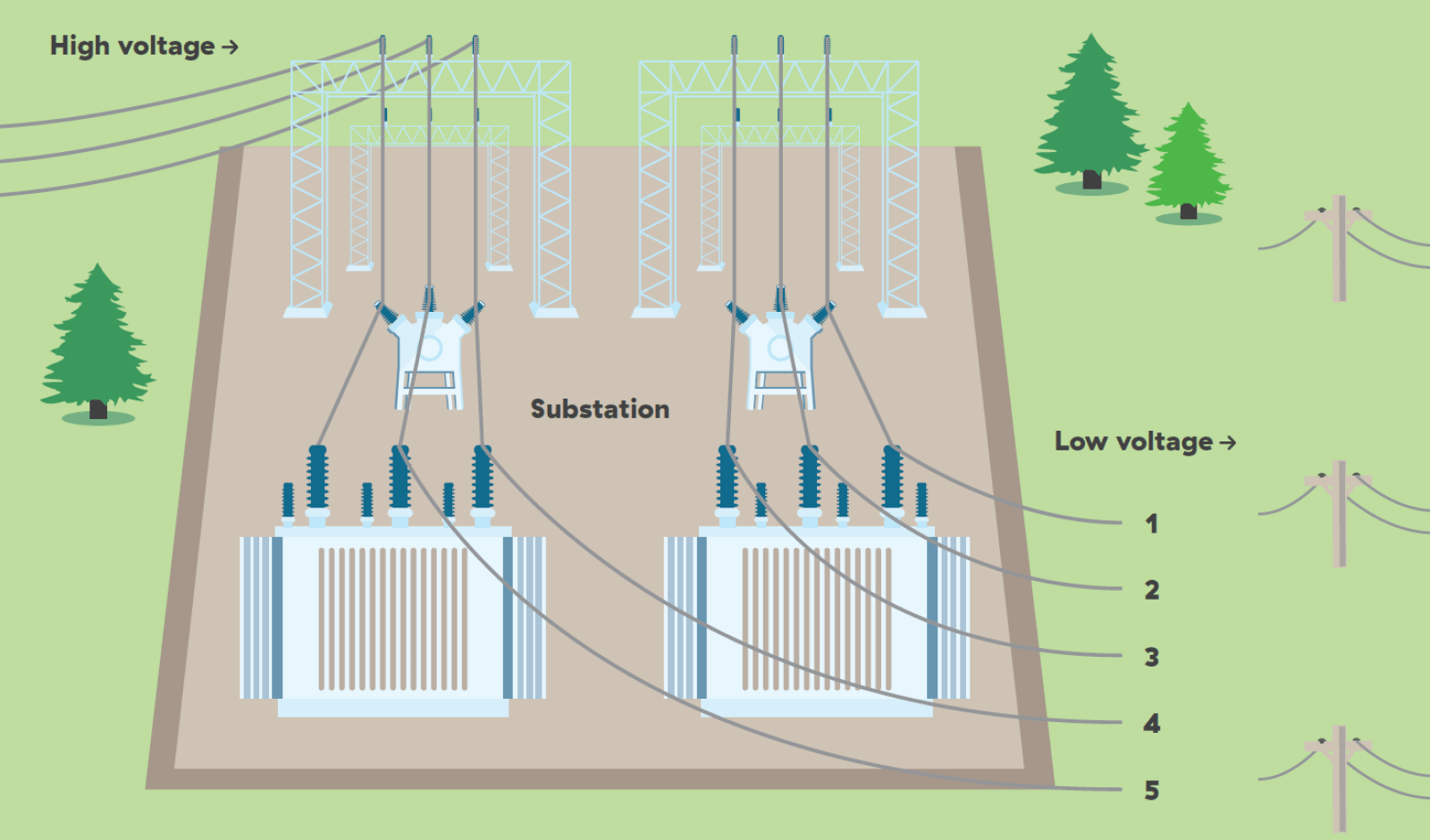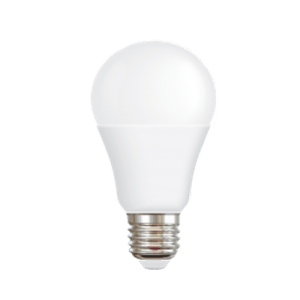How smart is hydroelectricity?
A fun activity booklet follows the journey of electricity from a dam to our homes.

Overview
It’s easy to take electricity for granted. It’s there when you need it to light up our homes, power the TV or charge your smartphone. But few British Columbians know the details of electricity’s journey, from rain or snow to a dam in the mountains, all the way to our homes.
This fun, visual guide covers the basics of hydroelectric generation, how that electricity gets to our homes, and how we can use that energy wisely and safely. And it’s fun, with puzzles and questions that build understanding of how it all works and how we can use it more wisely and safely.
Instructions
What you'll need
- "How smart is that?" worksheet
- Pencils and/or pencil crayons
- Print a copy of the worksheet for each student.
- Equip students with pencils.
- Introduce the activity to students, who can work independently or in groups.
- Follow up with a discussion about how to reduce electricity use at home and how to be prepared for power outages.
Modify or extend this activity
- Take students on a field trip to a BC Hydro facility. If there are no visitor centres in your area, check out these 360-degree images of Stave Falls Dam.
- Check out the following activities:
- "Watch a turbine spin". Turn a pop bottle, skewers and corks into a model turbine to see how water powers B.C. (Grade 2)
- "Staying safe around a downed power line". What to do if you see a downed power line. (Grade 2, 3)
- "Energy conservation quiz". Discover all the ways to save energy in your home. (Grade 4-7)
- "Our energy appetite". Investigate how we consume electricity in our lives and what devices have the biggest energy appetites. (Grade 4-7)
- "Our clean energy". Delve into the different sources of electricity and our clean energy choices. (Grade 4-7)
Curriculum Fit
Grade 3, 4 Science
Curricular competencies
Questioning and predicting
- Observe objects and events in familiar contexts
- Identify questions about familiar objects and events that be investigated scientifically
Evaluating
- Identify some simple environmental implications of their own and others’ actions
Communicating
- Express and reflect on personal or shared experiences of place
Grade 5, 6, 7 Science
Content
- Properties of simple machines and their force effects (Grade 5)
- Power – the rate at which energy is transferred (Grade 5)
- Electricity – generated in different ways with different environmental impacts (Grade 7)
- Electromagnetism (Grade 7)
Curricular competencies
Questioning and predicting
- Demonstrate a sustained curiosity about a scientific topic or problem of personal interest
- Make observations in familiar or unfamiliar contexts
- Identify questions to answer or problems to solve through scientific inquiry
- Formulate alternative ‘If… then…” hypotheses based on their questions (Grade 7)
Evaluating
- Identify some of the social, ethical, and environmental implications of the findings from their own and others' investigations
Applying and innovating
- Transfer and apply learning to new situations
Communicating
- Communicate ideas, explanations, and processes in a variety of ways (Grade 5, 6)
- Express and reflect on personal or shared experiences of place
Assessments
- Assess the "How smart is that?" worksheet for student understanding on the basics of how hydroelectricity is produced, how it travels through transmission lines, substations, and distribution lines to our homes.
- Review questions in the worksheet, and the answers, which are shown upside down in small print at the bottom of each sheet.
- Assess student participation and communication skills while sharing ideas about what uses the most electricity in the home, how to reduce electricity use, and how to be prepared for power outages.
Teaching Notes
Hydroelectricity
The story of hydroelectricity starts in nature with the water cycle. Snow falls in winter where it collects in high-alpine glaciers and creates a dense, thick snowpack. In the spring, this snowpack melts and the run-off makes its way down the mountain and into streams and rivers. Water from the melting snow and ice, as well as rainwater, collects in reservoirs behind dams.
When water in a hydro reservoir is released it moves through large pipes, called penstocks, to turbines, which are like wheels with blades. The energy of falling water spins the turbines and generates electricity.
The electricity is transported to your home, traveling long distances over high-voltage wires called transmission lines. These transmission lines are held above the ground by tall metal transmission towers.
When the electricity gets near a town or city, it goes into substations. A substation contains many wires and transformers and is surrounded by a fence. The substation reduces the voltage, divides the electricity and sends it in different paths over wires called distribution lines. These distribution lines take the electricity to your home and can be either above ground or underground.
When you see grey cylinders on power poles, they’re called transformers. They reduce the voltage on the distribution lines to an amount that can be safely used in buildings. You may also see metal boxes with warning signs where newer houses are built. These boxes are called pad-mounted transformers. They do the same things as the transformers on the poles, but are for underground distribution lines.
As the electricity enters your house or school, it passes through a meter. The meter measures the amount of electricity your household uses. The electricity flows through the meter, through wires in your house and ends in electrical outlets in the walls. To use the electricity, you plug the appliance or device into the outlet.
Water cycle
Earth has a limited supply of water that is cycled over and over again. The water cycle is an important process on earth because living things, including animals and humans, need water to grow and survive. Water is used for drinking, growing food, providing habitat, generating electricity and more. The sun has been driving the water cycle on Earth for billions of years. The four main stages of the water cycle are evaporation, condensation, precipitation and runoff.
- Sun: the water cycle is driven by the energy from the sun warming the earth.
- Evaporation: the warmth of the sun causes water from lakes, rivers and oceans to evaporate and turn from a liquid to a gas. The water vapour (gas) rises up into the air.
- Condensation: the water vapour cools as it rises and turns back into water droplets, forming a cloud.
- Precipitation: water droplets in a cloud eventually become too big and heavy and fall from the clouds in the sky. It can fall as rain, snow, hail, etc.
- Runoff: after the precipitation falls, it flows down towards the ocean and collects in rivers, lakes and streams. Some of it collects underground as well.
And then the cycle begins again.







